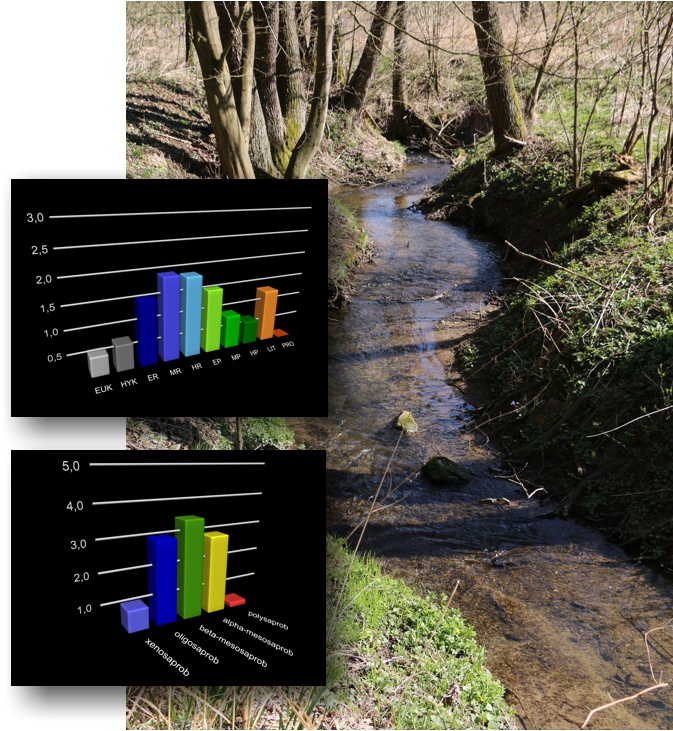running waters
NAVIGATION
RUNNING WATERS
rivers & brooks
Hydraulic engineering interventions in watercourses have led to dramatic hydromorphological changes with corres-ponding effects on the biocoenoses of rivers and streams. In addition, the input of pollutants and nutrients, as well as the advance of invasive species, caused shifts in the species spectrum and even the
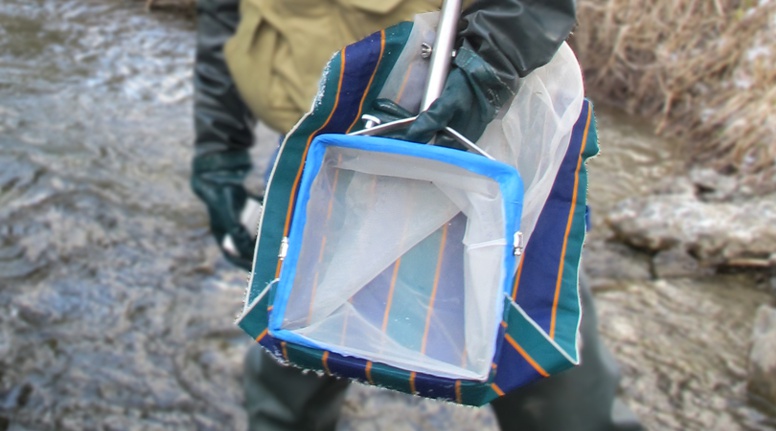
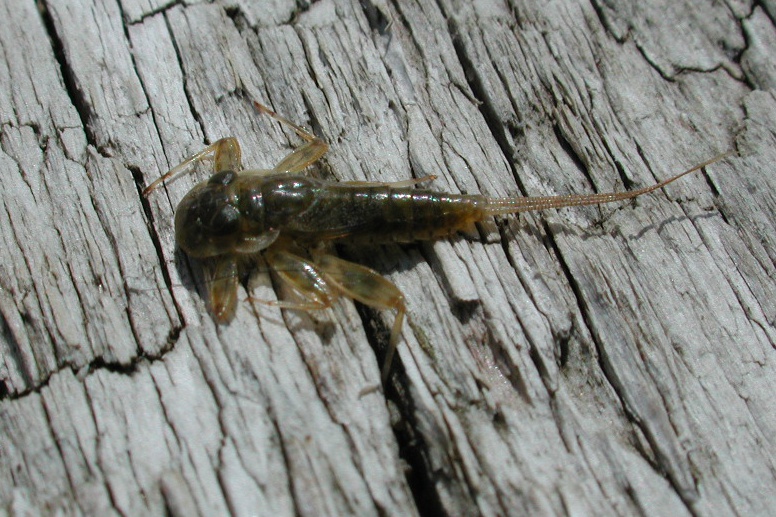
disappearance of ecologically sensitive taxa. Therefore, one of the company’s main activities is the documentation of the ecological functionality of running waters and the degree of pollution of water-courses, primarily estimated on the basis of the limnological indicator group Macrozoobenthos.
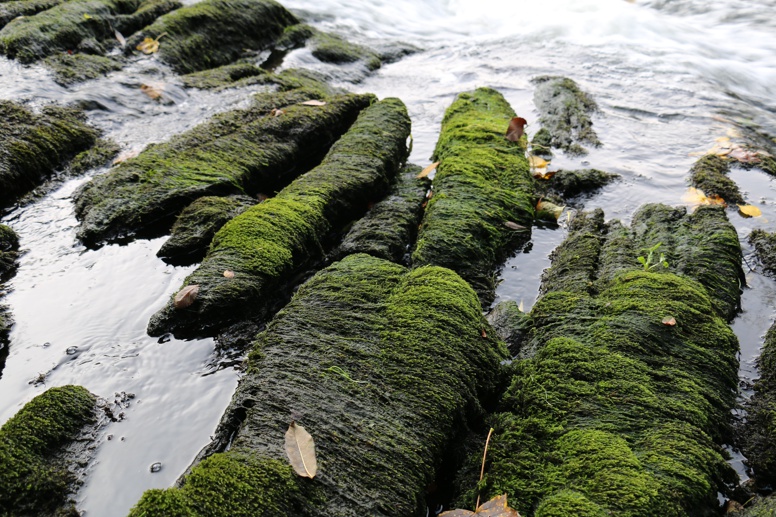
Makrozoobenthos
Benthic macroinvertebrates are an important indicator for assessing the ecological status of water bodies, particularly with regard to saprobic water quality. Due to the company’s specialization, the focus of applied limnological studies is primarily on this indicator group.
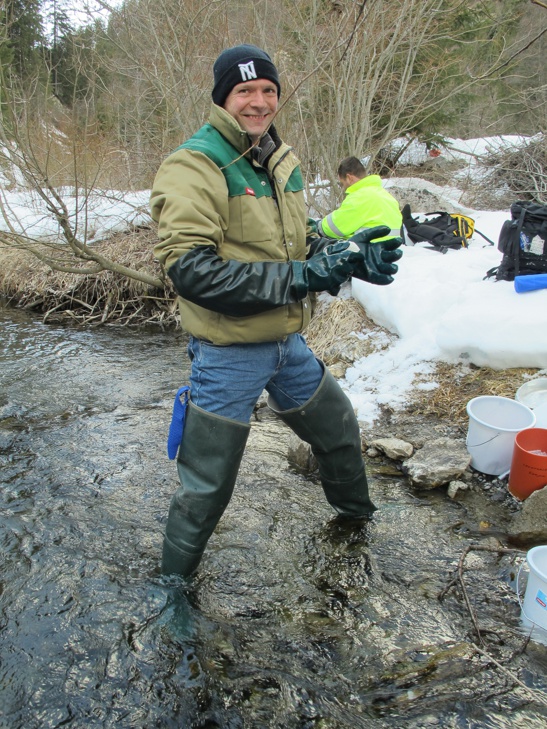
Multi-habitat-sampling
The assessment of the ecological status of watercourses based on the quality element Macrozoobenthos is based on Multi-Habitat Sampling (MHS), in which a composite sample consisting of 20 subsamples from different chorotopes (total area approx. 1.25 m²) is taken using a so-called kick net (shown in the image above).
The analysis of the Formol-fixed samples is carried out in the company’s own laboratory. This is also where the samples are further processed and the organisms sorted out and subjected to fine taxonomic analysis.
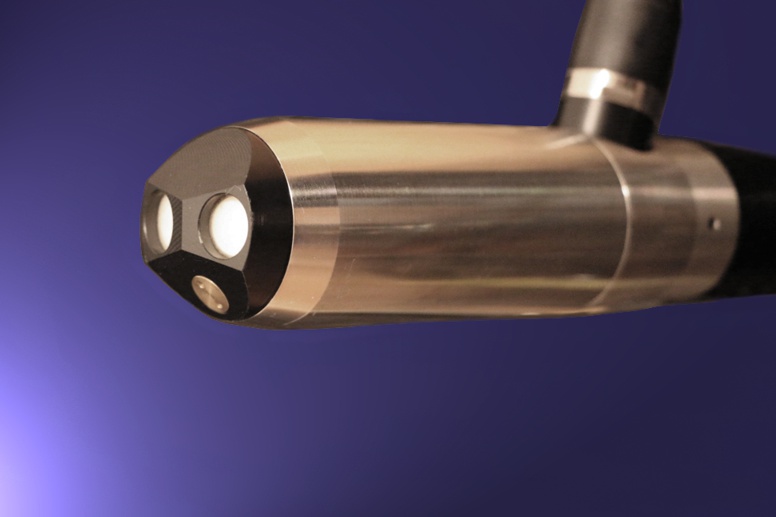
Equipment
Flow measuring device (Ott – ADC) An acoustic measuring device based on ultrasonic Doppler technology (Acoustic Digital Current Meter, ADC) is used to measure the current velocity and for the discharge profile of measurements.
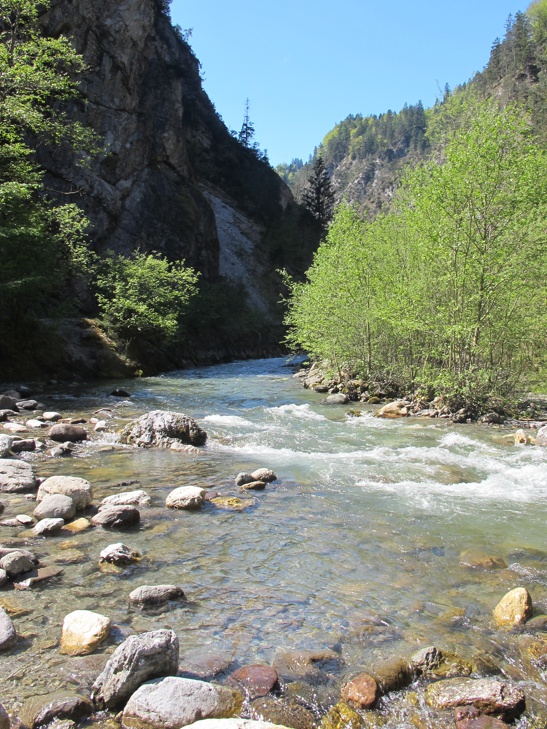
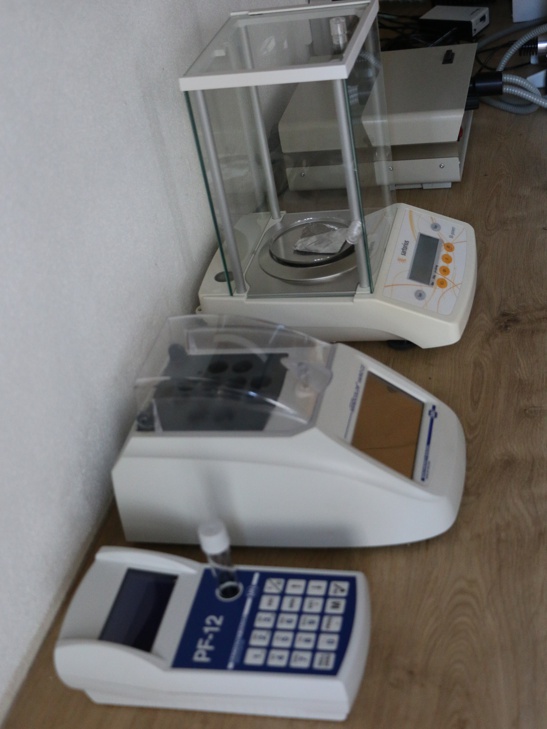
Chemistry & Biomass
Chemical analyses of water samples are carried out in the laboratory using photometric measurements. If necessary, external laboratories are commissioned to carry out more detailed chemical analyses.
For chemical-physical measurements in the field, multi-parameter probes are used in the same way as for profile measurements in lakes (see image below).
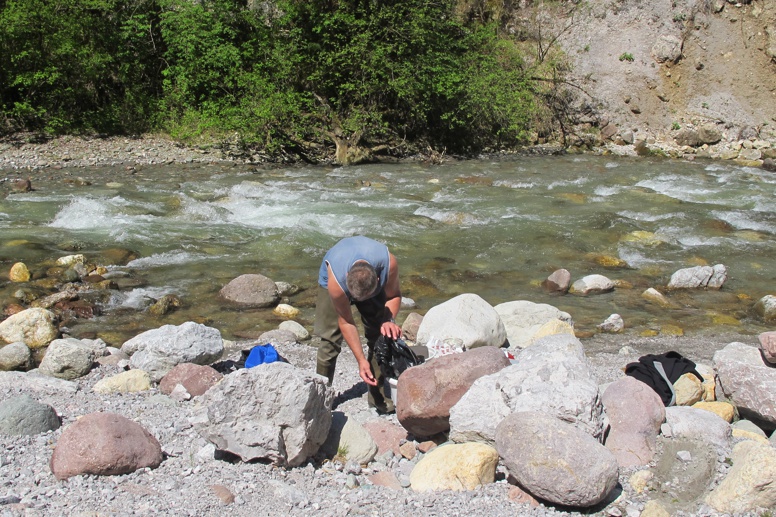
Picture above: Preparations for MHS sampling in the reference section of a Tyrolean mountain stream.
Morphology & Dynamik
Accompanying investigations include a survey of the hydro-morphological condition based on the recording of the watercourse and bank structure, the dynamics and the continuity of the flow section.
The interest in dynamic processes and the ecology of floodplains was already evident when the dissertation topic was chosen, and to date the focus has been on this complex of topics.
phytobenthos & Fish
The taxonomic processing of phytobenthos samples is outsourced to external offices. Analyses in our own laboratory mainly concern the determination of trophic conditions using aquatic mosses. An electronic key for the identification of aquatic mosses, planned years ago, was not pursued further due to a lack of funding.
The office also has the skills and equipment for electrofishing. However, the use of battery-operated devices means that their use is limited to small watercourses.
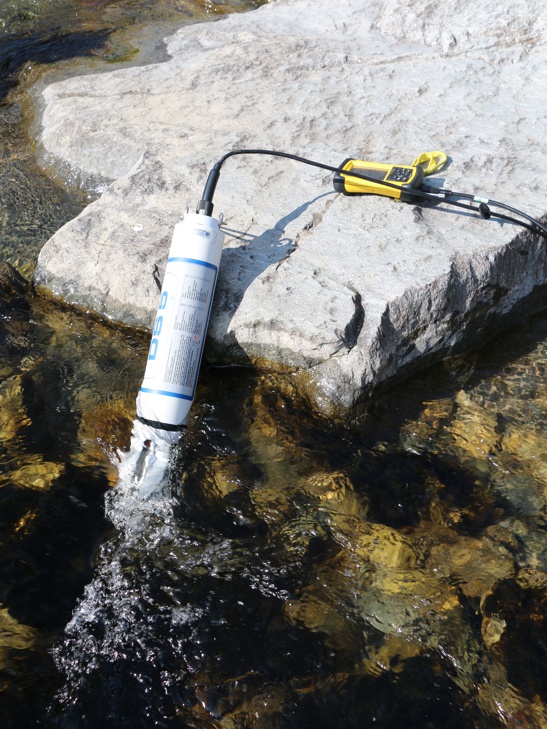
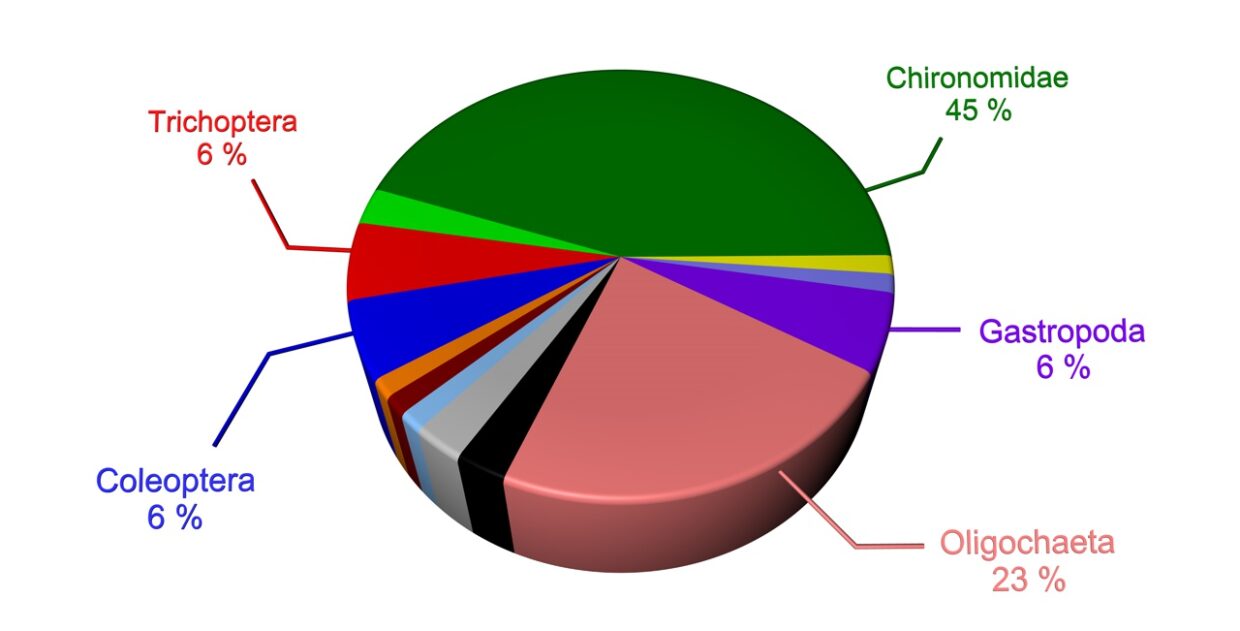
Documentation
As with the profile measurements in stagnant waters, the results of macrozoobenthic investigations in streams and rivers can be better visualized using 3D models (shown top and right). As a rule, however, the presentation is limited to two-dimen-sional illustrations.
